July 9, 2018
Quarter of British workers have a side hustle as well as their main job
 Academics at Henley Business School have revealed a growing trend in ‘side hustles’ which shows that as many as 1 in 4 people in the UK are running at least one business project alongside their main day job, contributing an estimated £72 billion to the UK economy. Henley has published a white paper on the emerging side hustle economy. Its study of over 500 business leaders and 1,100 UK adults found the trend is now happening at an unprecedented pace across the UK. A side hustle is defined as a secondary business or job that brings in, or has potential to bring in, extra income. 73 of people who start a side hustle do so to follow a passion or explore a new challenge, but there are financial benefits too, with side businesses contributing 20 percent to side hustlers’ income.
Academics at Henley Business School have revealed a growing trend in ‘side hustles’ which shows that as many as 1 in 4 people in the UK are running at least one business project alongside their main day job, contributing an estimated £72 billion to the UK economy. Henley has published a white paper on the emerging side hustle economy. Its study of over 500 business leaders and 1,100 UK adults found the trend is now happening at an unprecedented pace across the UK. A side hustle is defined as a secondary business or job that brings in, or has potential to bring in, extra income. 73 of people who start a side hustle do so to follow a passion or explore a new challenge, but there are financial benefits too, with side businesses contributing 20 percent to side hustlers’ income.









 The majority (82 percent) of employees have ideas about how their company can help improve the business claims a new survey, but over a third (34 percent) say their ideas are being ignored by their employers. The findings were announced alongside the launch of Sideways 6’s inaugural State of Employee Ideas report, which explores how employees at all levels, at businesses of all sizes, all over the world feel their company treats their ideas also reveals that 39 percent of females felt that their ideas are not being listened to, compared to 30 percent of males. Interestingly, despite the number of ideas they have, many employees remain fearful of voicing them. According to the findings, one fifth (18 percent) of those same ideas are never heard because employees are afraid to put them forward. The results also identified a clear disparity in levels of confidence to put forward ideas between younger and older employees. When surveyed, 64 percent of senior level employees strongly agreed that they have ideas and aren’t afraid to voice them, compared to 42 percent junior level employees.
The majority (82 percent) of employees have ideas about how their company can help improve the business claims a new survey, but over a third (34 percent) say their ideas are being ignored by their employers. The findings were announced alongside the launch of Sideways 6’s inaugural State of Employee Ideas report, which explores how employees at all levels, at businesses of all sizes, all over the world feel their company treats their ideas also reveals that 39 percent of females felt that their ideas are not being listened to, compared to 30 percent of males. Interestingly, despite the number of ideas they have, many employees remain fearful of voicing them. According to the findings, one fifth (18 percent) of those same ideas are never heard because employees are afraid to put them forward. The results also identified a clear disparity in levels of confidence to put forward ideas between younger and older employees. When surveyed, 64 percent of senior level employees strongly agreed that they have ideas and aren’t afraid to voice them, compared to 42 percent junior level employees.



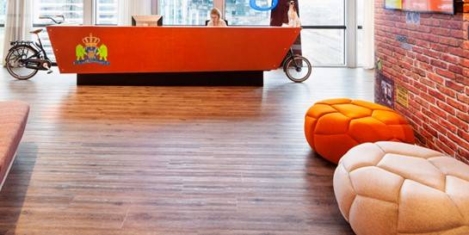
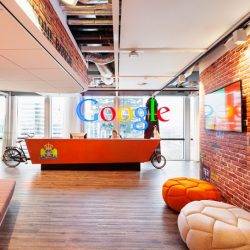
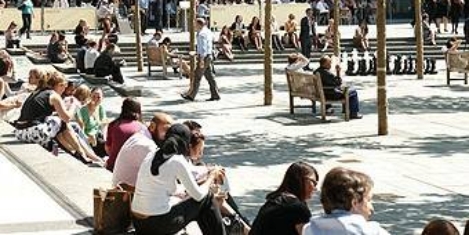
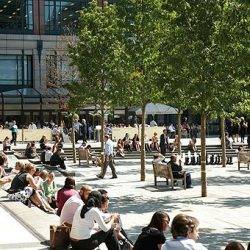
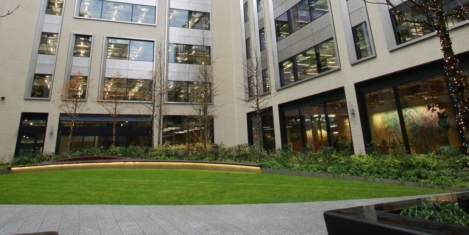


 Employers with over 250 employees are more likely to have a significant absence issue among staff says new research from Group Risk Development (GRiD). According to HR decision makers companies with over 250 employees have the highest absence rates – averaging 7.5 days per year yet micro businesses with between 1-9 staff only see their staff take an average of 2.8 days absence per year. Five per cent of HR decision makers also admitted to not recording or monitoring absence at all, although this is more prevalent amongst SMEs (6 percent) than those with over 250 employees (1 percent).
Employers with over 250 employees are more likely to have a significant absence issue among staff says new research from Group Risk Development (GRiD). According to HR decision makers companies with over 250 employees have the highest absence rates – averaging 7.5 days per year yet micro businesses with between 1-9 staff only see their staff take an average of 2.8 days absence per year. Five per cent of HR decision makers also admitted to not recording or monitoring absence at all, although this is more prevalent amongst SMEs (6 percent) than those with over 250 employees (1 percent). 













July 5, 2018
The top five songs about office life and office furniture
by Mark Eltringham • Comment, Furniture, Workplace design